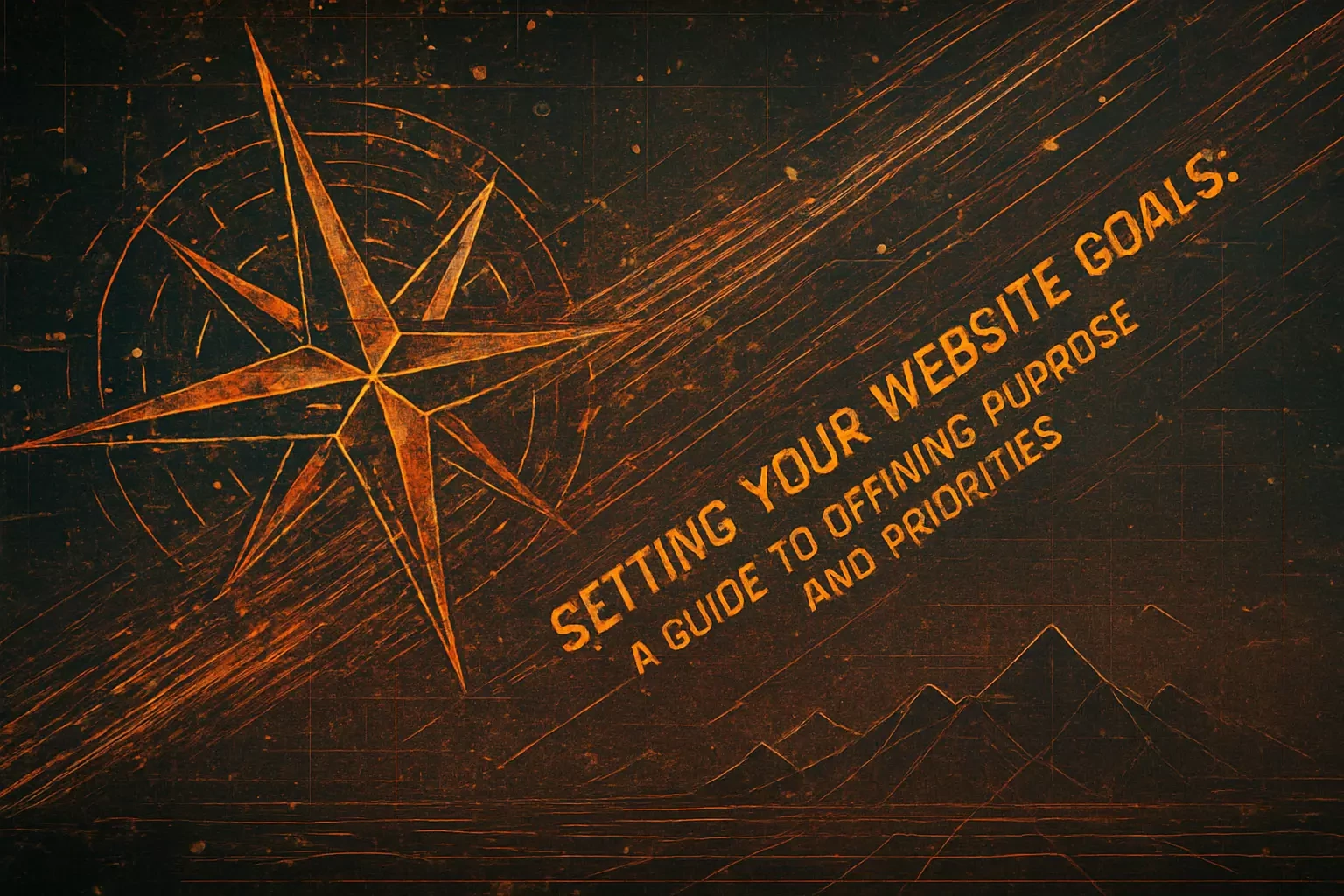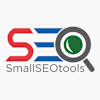Setting Your Website Goals: A Guide to Defining Purpose and Priorities

Setting Your Website Goals: A Guide to Defining Purpose and Priorities
Why Defining Website Goals is Non-Negotiable
Aligning Your Website with Business Objectives
Providing a Framework for Decision-Making
Measuring Success and ROI
How to Define Your Website's Purpose and Goals
Start with Your Target Audience
Applying the SMART Framework to Your Website
Identifying Primary and Secondary Goals
Common Website Goals for Different Business Models
For E-commerce Businesses
For Service-Based Businesses and Freelancers
For Content Creators and Blogs
Translating Goals into a Clear Project Plan
Creating a Project Brief
Your Goals as the Foundation for Success
References
Setting Your Website Goals: A Guide to Defining Purpose and Priorities
Why Defining Website Goals is Non-Negotiable
Aligning Your Website with Business Objectives
Providing a Framework for Decision-Making
Measuring Success and ROI
How to Define Your Website's Purpose and Goals
Start with Your Target Audience
Applying the SMART Framework to Your Website
Identifying Primary and Secondary Goals
Common Website Goals for Different Business Models
For E-commerce Businesses
For Service-Based Businesses and Freelancers
For Content Creators and Blogs
Translating Goals into a Clear Project Plan
Creating a Project Brief
Your Goals as the Foundation for Success
References
Posted Jun 30, 2025
Before you build, plan. Learn how to set clear, strategic goals for your new website to ensure it aligns with your business objectives and delivers real results.










